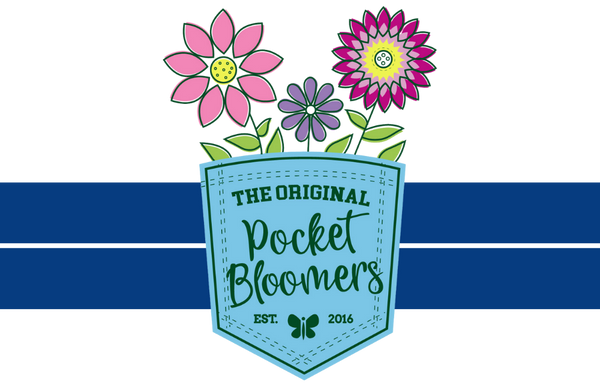Herbs are plants that are used for their flavor, smell, or medicinal qualities. Some also provide aesthetic appeal in the garden.
Most herbs are easy to grow in full sun.
They make excellent first gardening projects for kids and many are great as potted plants in Pocket Bloomers® near the kitchen.
Many herbs are naturally pest-resistant and can be paired with other plants to reduce the pest control necessary in your whole garden.





Basil. Catnip. Chives Cilantro. Dill





Lavender Mint Oregano Parsley Rosemary



Sage Sweet Marjoram. Thyme
Herb Planting
• Choose a sunny location (6+ hours of sun for most herbs).
• Remove your plant from the pot by loosening the soil and tipping it out into your hand. Place your plant in the soil about as deep as it was in the pot.
• Refill the space around your plant with soil and press lightly to compact the dirt, keeping your plant firmly in the ground.
• Water immediately to settle the soil, and add more soil as needed, bringing it level to the rest of your garden.
Care Tips/Maintenance
Most herb plants need plenty of water for strong, hardy growth. Water them as needed all season to keep soil evenly moist, watching for the first sign of wilt, which indicates too much or too little water. If you notice your plant wilting on an especially hot day but think it has sufficient water, wait until evening to see if it bounces back once air temperatures cool. Feed herbs with a vegetable fertilizer to ensure a bountiful harvest. An exception is thyme, which should be watered only in very dry conditions and fertilized sparingly.
Content adapted in part from Burpee Home Gardens, with permission.

